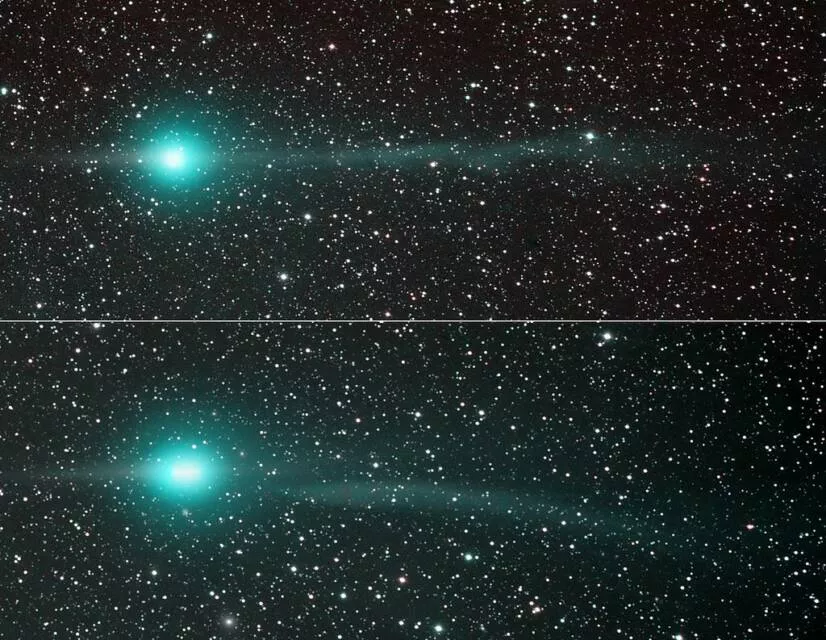An unusual celestial object is headed Earthâs way and you might catch it on Wednesday night.
This particular comet is called the âGreen Cometâ and for all you science buffs out there, it is the C/2022 E3 (ZTF).
The comet was first discovered by astronomers in March 2022 at the Zwicky Transient Facility in California. Nicknamed âthe green cometâ owing to its green hue, the âgreen cometâ hails from the Oort cloud a collection of icy bodies believed to exist in the farthest areas of the solar system.
While the well-known 1P/Halley or Halleyâs Comet, is a short-period comet that is visible from Earth every 7579 years, the âgreen cometâ plays a more longer game, as C/2022 E3 (ZTF) orbits the sun every 50,000 years.
In other words, the last time it passed by Earth was when the Neanderthals and our early ancestors mahy have looked upwards and seen a green trail in a much less polluted sky we presume, without binoculars, we donât presume.
So why is this thing green again?
As with all things âspacey,â it has something to do with light and the basic elements that make up our world, specifically carbon.
You see, a comet is basically a clump of ices and dust, so it makes sense that it hails from a cloud of icy bodies like the Oort cloud.
The sun is hot and emits ultraviolet radiation as we know, so when a comet approaches the sun, it tends to heat up and the frozen ice can no longer stay solid, turning into gas.
This gas produces a hazy, fuzzy atmosphere known as the âcoma.â No, not that coma.
This happens when atmospheric carbon is broken apart and generates a simple but fragile molecule known as dicarbon, or C? in chemical notation, basically two elemental carbon atoms bonded together.
When this diatomic carbon is excited by ultraviolet rays, it gives off light, in this case, green light, that has been seen surrounding the âgreen comet.â
Ultraviolet light is quite persistent though and can also cause this diatomic carbon to break down. So this explains that the hue does not extend to the comet tail.
Do I need a telescope to see the âgreen cometâ?
Reports suggest C/2022 E3 (ZTF) has already been spotted by some observers to the naked eye after moonset.
The âgreen cometâ may be visible to stargazers who are lucky to encounter a dark night sky, when it makes its closest approach to Earth on Wednesday and Thursday, at which point it will be 26 million miles from our planet.
Having a pair of binoculars or a telescope doesnât hurt though, as you might catch the âgreen cometâs non-green tail as well with equipment.
For the regular folk, we are looking for a âgreen blobâ towards the north of our skies, at 9:30 pm IST onwards.
One would do well to avail of the various free stargazing apps that could pinpoint the comets exact location to make it easier to spot.
Stay updated with all the insights.
Navigate news, 1 email day.
Subscribe to Qrius

